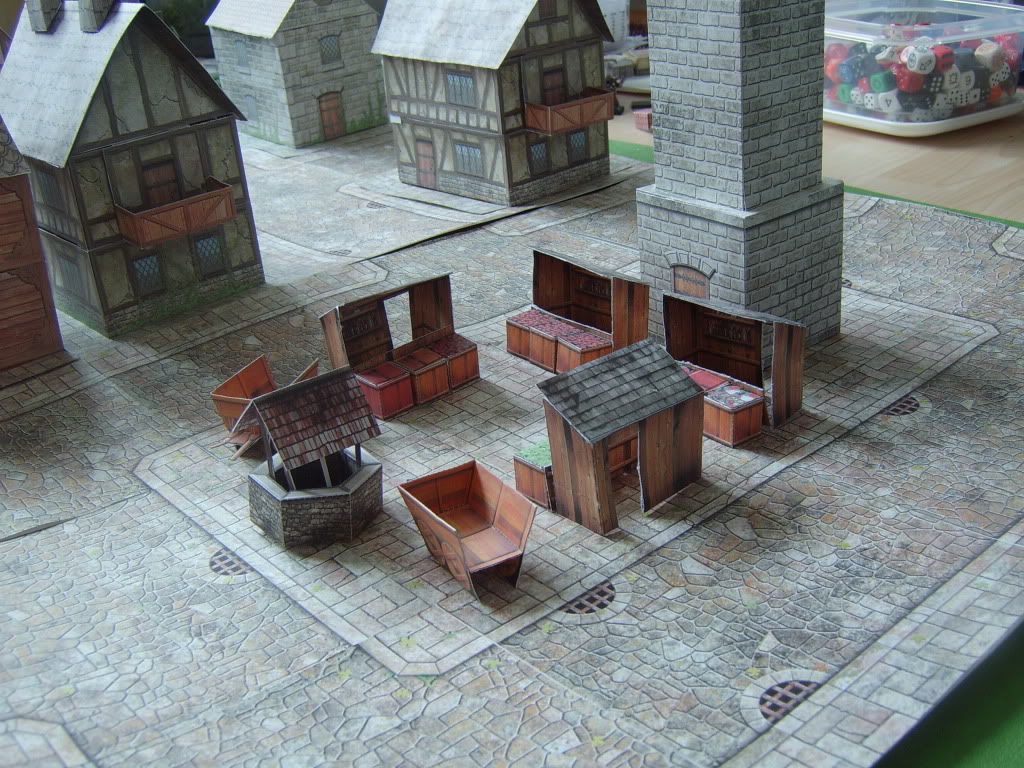At the moment 3D printing is still too expensive to be a viable alternative to most companies miniatures, but prices are falling and Games Workshop are trying there very best to overtake them in the opposite direction. This has, understandably, panicked a number of people. If recasting is a problem now, imagine what it will be like if you can simply 3D scan a miniature and produce as many copies as you like.
If 3D printing really does become common place, then I foresee it completely changing the way we go about buying models. If we can make endless copies, then the value in a model lies in the pattern, not the physical object. We are almost there already, very little of the cost of a plastic model is in the material used to make it, most of it is in the design, sculpting and tooling. Eliminate the tooling and that's a major cost saving. Imagine a future where miniature companies sell 3D designs which can be downloaded and printed freely.
Of course such a step would not be wholly without precedent. Some of us having been buying scenery from companies like Fat Dragon Games and World Works for years now. These companies provide PDF files that you print and assemble at home. Once you have the PDF you can print as many copies as you like. The fact that these companies have been around as long as they have shows that this can be a viable business model.
3D Printed, sort of
Of course, anyone who has bought PDF scenery knows that the major cost isn't the PDF, which is usually very cheap, but in the card, glue and printer ink. The cost of a 3D printed future will depend on the cost of plastic suitable for 3D printers. And lets face it, if they ever embrace the technology you can guarantee that Games Workshop will start producing its own range of 'high quality' 3D printer plastic that is 'highly suitable for printing miniature' for some reason or another. But until someone invents matter replication, the cost of an army is still likely to increase with its size.
One major advantage of 3D printing is the opportunity for customisation. If a company supplies you with a basic printer pattern, there is no reason why you shouldn't be able to modify it, changing pose or iconography. One pattern could be good for dozens of different variants.
There are already companies like MaxMini and Kromlech whose business if largely in creating custom parts for existing miniatures. Imagine if you could build your own parts or buy custom parts you could print yourself, say a collection of Space Marine shoulder pads. This might be the first step for the wargaming industry. I can't see the big name companies being early adopters, but a small, lean operation might start out by producing custom parts for use with other models downloadable through their own website. And based on past experience, this company would pretty much have to have a Kickstarter campaign.
We could on the brink of a major change in how this hobby is marketed and sold.

there has been a lot of talk and experiment about 3D printing of GW miniatures (see web forums), I think my greatest pleasure would be when be 3D scan of a OOP miniature is taken and then being able to make a mould for it in a heat resistant material and cast it in good old lead
ReplyDeletenice post
J